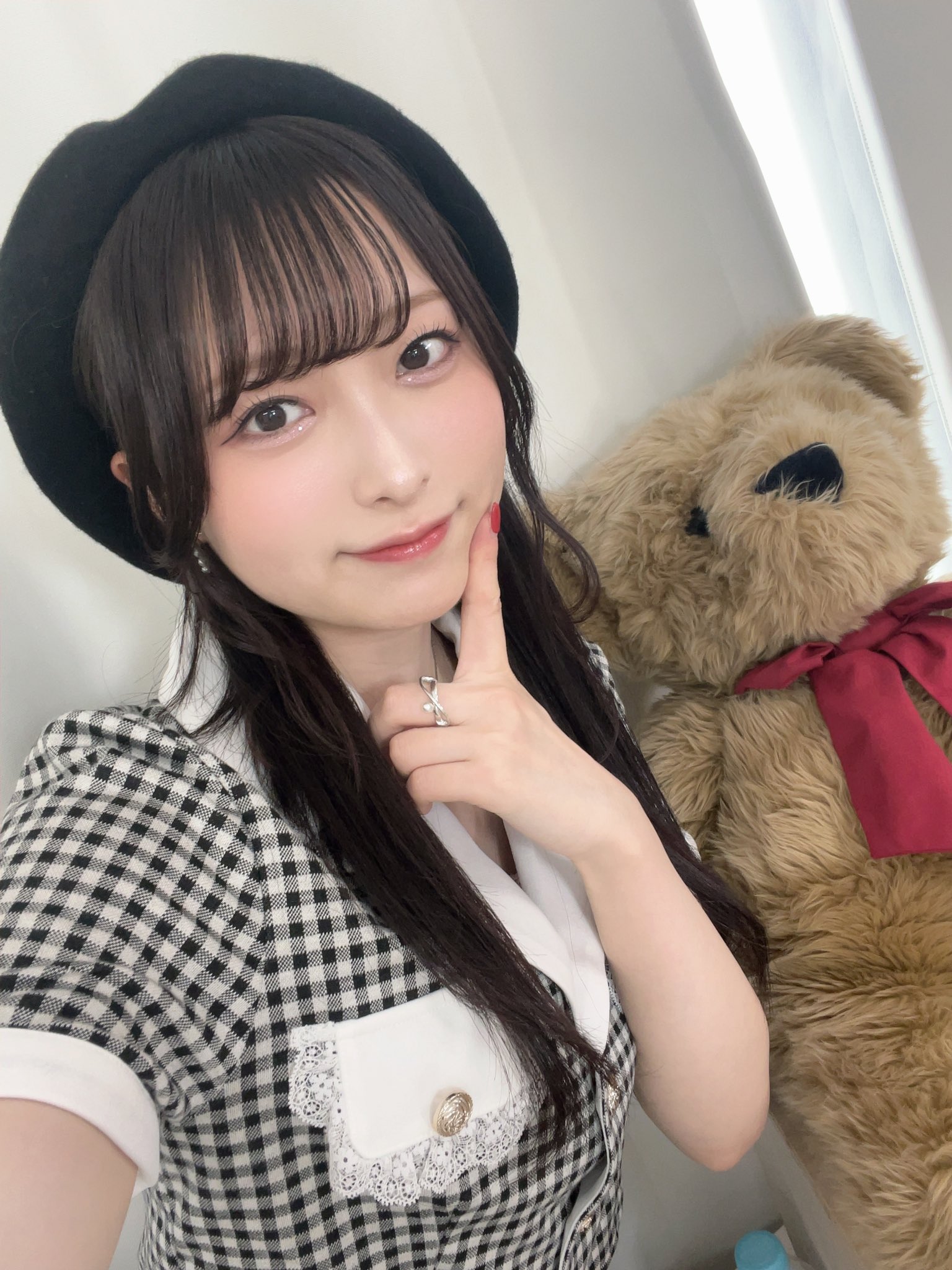Exploring the Musical Journey of Rio Kiyohara: From Idol to Band Star
Rio Kiyohara’s transition from an idol group member to a prominent figure in “Kimi to Band” is a story of resilience, growth, and unyielding passion for music. Having first made a name for herself as a member of Last Idol, Kiyohara has since embarked on a new path, bringing her unique energy and experience to the pop-rock trio “Kimi to Band.”
We had the privilege of conducting an email interview with Kiyohara, where she graciously shared insights into her musical beginnings, the challenges she faced, and the influences that have shaped her career. Here are her candid responses.

Part 1: Musical Beginnings and Career Changes
Please tell us about the moment or experience that made you decide to start your music activities in “Kimi to Band” in earnest.
I had never touched an instrument before, but after graduating from being an idol, the agency suggested, “Let’s form a band!” This was when I started music seriously. The first time I touched an electric guitar was then, so at first, I didn’t understand anything and it was tough. However, I remember being very happy every time I could play a little bit more.
Transitioning from an idol group member to a band was a significant change. What was the most challenging aspect of this transition?
Personally, it was more difficult to sing while playing an instrument than to sing while dancing, and it was challenging to get used to that. When I first sang with live instrument sounds, my voice got buried in the sound so much that it surprised me. Originally, I wasn’t good at singing and didn’t have much vocal strength, so after becoming part of the band, I did muscle training to increase my lung capacity, recorded a lot of singing, and practiced diligently.
How has your experience as a former idol group member influenced your current musical style and performance?
Fortunately, many people say they like my performance during live shows, but I think I wouldn’t be able to perform like that without my idol experience. I always imagine myself from an objective point of view and am conscious of how my posture and movements on stage appear from the audience’s perspective. When I feel the back of the audience might not be engaged, I focus on rousing that area. Such a broad perspective is thanks to my idol experience.
You play the guitar in the band; how did you choose this instrument, and what do you enjoy most about playing it?
Among the three instruments – guitar, bass, and drums – I intuitively felt the guitar suited me best. Also, my father once said he wanted his daughter to be able to play the guitar, so I thought I would give it a try. I often jump around and move a lot on stage while playing the guitar, so I enjoy expressing myself with the guitar and my whole body.
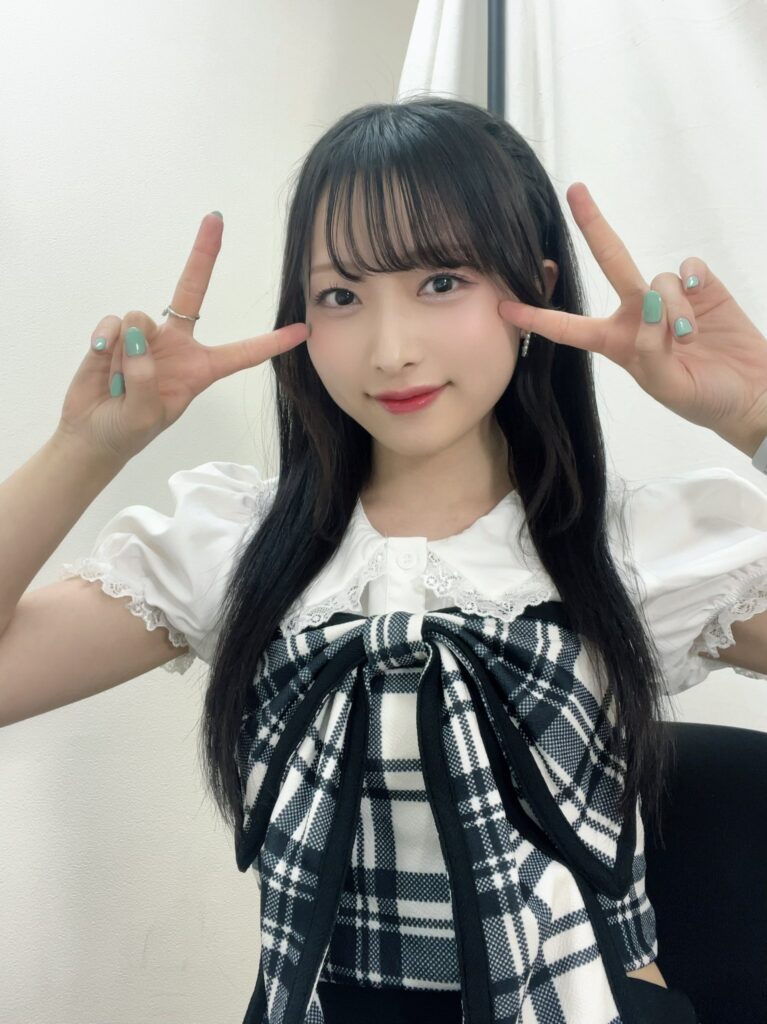
Part 2: Creative Process and Musical Influences
What influences and artists inspire you when creating music for “Kimi to Band”?
Since elementary school, I’ve always loved Ayumi Hamasaki and admired her lifestyle and expression. Although I’m still far from it, I also want to create songs with more meaningful messages that reflect my own life journey in the lyrics someday.
Can you talk about your songwriting process? How do you usually start creating a new song?
Generally, I first receive a melody from the composer, and then I add lyrics to it.
“Kimi to Band” is described as a pop-rock trio. How do you balance these genres in your music?
If you listen to our full album “kimiban,” you’ll find a wide range of songs like the ballad “Sayonara Refrain” starting with piano, the rock sound of “Ano Basho e,” and the rap-style “Toon Love Story.” It’s hard to believe they’re all from the same band, which shows our wide musical range. By not sticking to one unified music style but offering a variety of music, I think our strength lies in allowing each listener to find their favorite song.
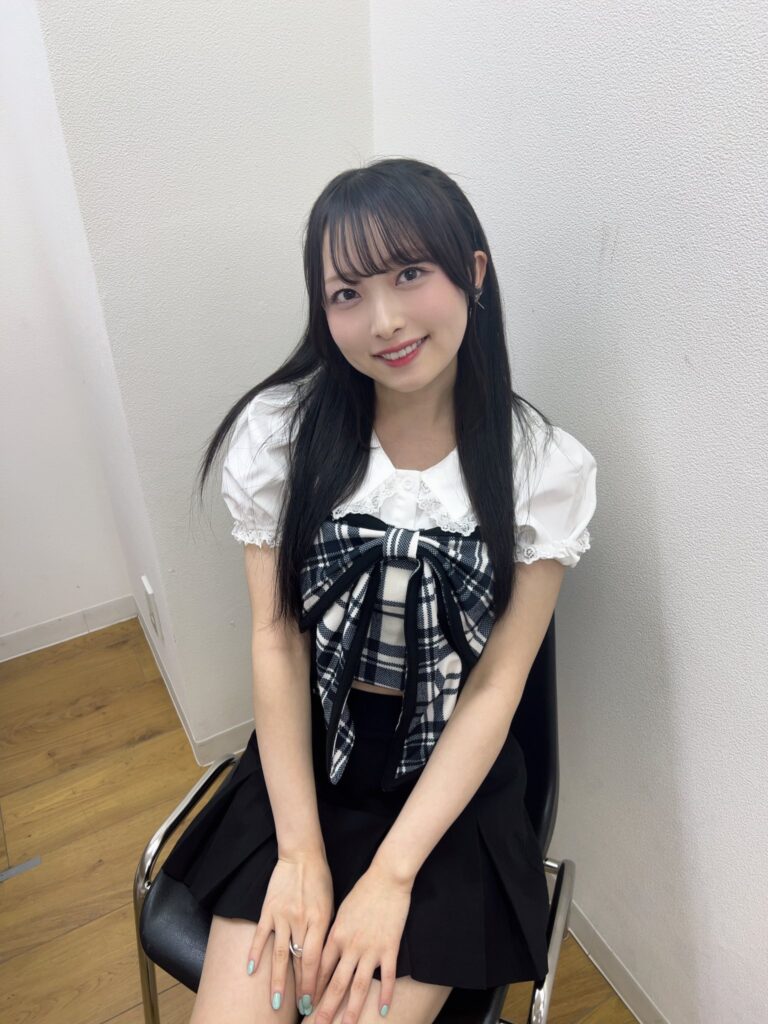
Part 3: Performance and Interaction with Fans
What has been the most memorable concert or live performance for “Kimi to Band” so far?
It has to be “Kimi to Zepp” held at Zepp Haneda for our 2nd anniversary. For us, who had only performed in live houses with a capacity of 200, gathering more than 1,000 people was a significant challenge. Seeing the packed audience was an unforgettable sight, and the days we spent doing street performances, distributing flyers, and live streaming with the members are all warm memories.
Can you share an experience where you felt a deep connection with your fans during a performance?
During a previous live performance, when we started singing the last song, “Uta ni Nosete,” all the fans surprised us by turning on their smartphone lights, creating a beautiful sight. I was deeply moved, and I felt the warm feelings of the fans through those lights, which made me really happy.
How do you and the band members relax after long rehearsals or performances?
Since most of the “Kimi to Band” members are quiet, I often end up talking alone in the dressing room. (laughs) Everyone usually spends their time individually, but before going on stage, we all cheer each other on by patting each other’s backs, and after a successful performance, we high-five and talk a lot while enjoying the afterglow.
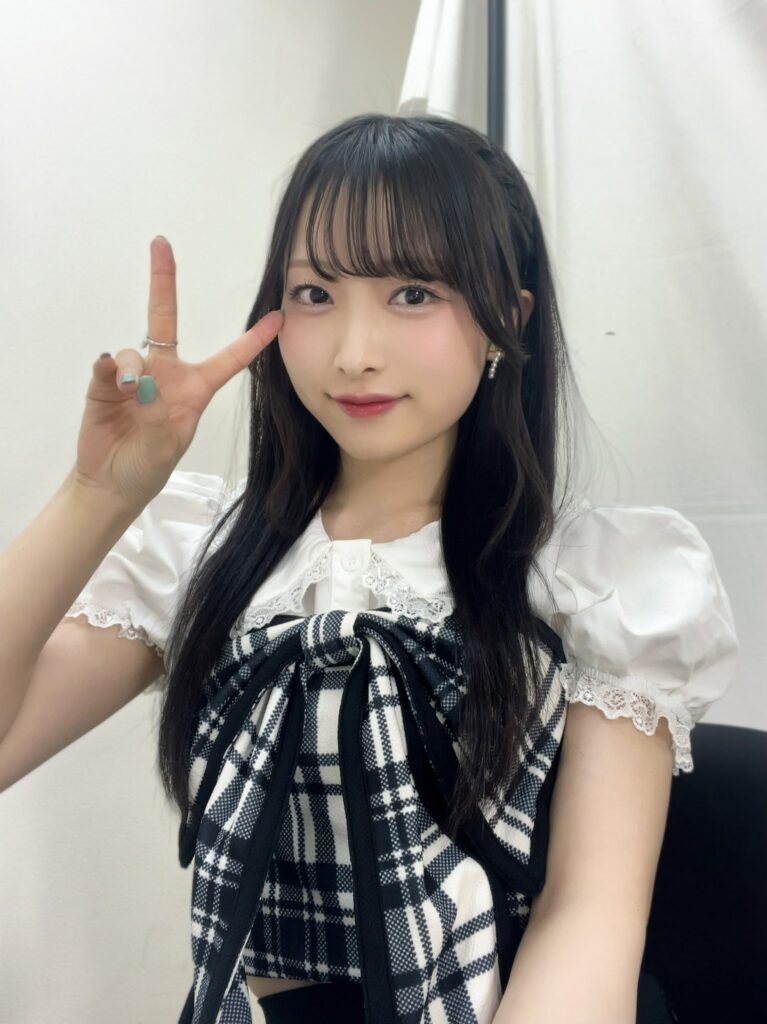
Part 4: Insights into the Dynamics of “Kimi to Band”
As artists who started in different entertainment fields, what unique strengths do each of you bring to “Kimi to Band”?
When we ask people who came to our live shows how they found out about us, there are various answers. Some liked our songs, some were interested through the members’ SNS, and others knew us from our individual activities. Having multiple entry points to get to know the band, and each member having their own charm, is “Kimi to Band‘s” strength.
How do you handle creative differences within the band?
“Kimi to Band” is full of peaceful members who respect each other’s feelings, so we rarely have fights. However, compared to the past, we now freely express opinions on how to improve the band and share ideas for better performances.

Part 5: Future Prospects and Projects
What goals do you hope to achieve with “Kimi to Band” in the coming years?
Performing at Nippon Budokan is our goal. It’s a dream that we’ve shared with the members and fans for a long time, and we definitely want to make it come true. Lately, we’ve been discussing more practically about what we need to achieve now and what steps we should take, so I feel now is the crucial moment.
Can you share any upcoming projects or collaborations that are in the works?
This year, we started “kimitoband overseas edition,” a new band format aimed at overseas audiences, where we cover anime songs. We want to approach this in a different way than the usual “Kimi to Band.” We recently went to Taiwan for our first overseas performance and hope to continue expanding internationally.

Part 6: Industry Views and Personal Reflections
What do you think is the most misunderstood aspect of the music industry?
When I first started the band, I had a fixed idea that music had to be a certain way, and a band should be like this. However, that made it hard to express myself authentically, and I struggled with it. After deciding to establish our own style with “Kimi to Band” and making music in our own way, I felt much more comfortable. While we receive various opinions, I’ve come to realize through experience that there are many ways music can be. There is no single correct way for music to be.
Were there any particularly important mentors or individuals in your career?
For “Kimi to Band,” it’s definitely our producer, President Kadota. He always leads from the front, making clear plans so that we can proceed with peace of mind, and I’m very grateful for that.
What personal achievement in your music career are you most proud of?
Besides the performance at Zepp Haneda, the 47-prefecture tour we held right after our debut has become a major pillar for me. Despite many difficulties during the pandemic, we toured every week across the country. Whenever I feel uneasy, I remind myself that I overcame that challenge, and it gives me confidence. That experience has been a source of strength.
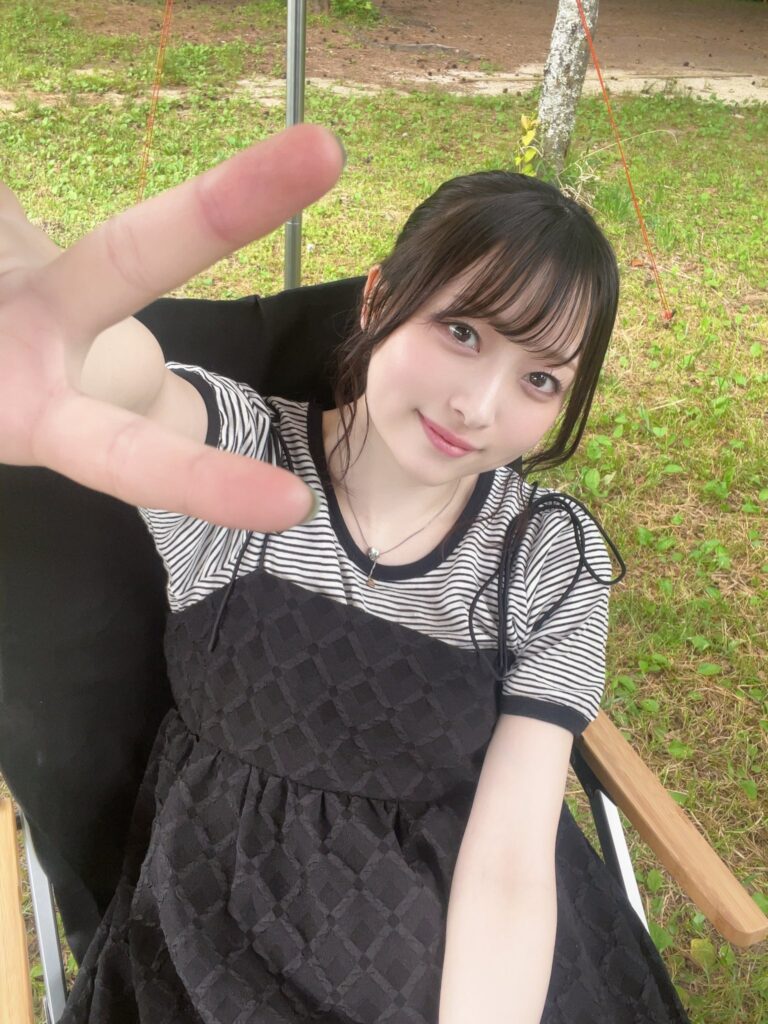
Part 7: Beyond Music
Besides music, do you have any hobbies or interests you are passionate about?
I love anime. I enjoy collecting merchandise and always check for new releases. I have many acrylic stands of characters at home. Watching anime after work also helps me relax.
If you were not pursuing music, what career path might you have taken?
I originally didn’t plan to work in entertainment. When I started high school, I was thinking of becoming a childcare worker or taking a job where I could use my Korean language skills. If I hadn’t been scouted, I probably wouldn’t have taken a job that involves being in front of people.

Part 8: Connecting with Overseas Fans
How do you feel about the reactions from international fans, considering the global influence of today’s music?
When we first went to Taiwan this year, we covered Ikimono Gakari’s “Blue Bird,” a song also famous as an anime song. I was surprised and thrilled to hear overseas fans singing along loudly with us. I was moved to see that Japanese songs are so well-known and felt very happy to connect through music.
How does “Kimi to Band” engage with international audiences?
We have fans from Korea who have been supporting us since our idol days, so I use Korean when talking to them. When we went to Taiwan, the local fans taught me some Chinese. We want to continue expanding our activities beyond borders to strengthen our connections further.


